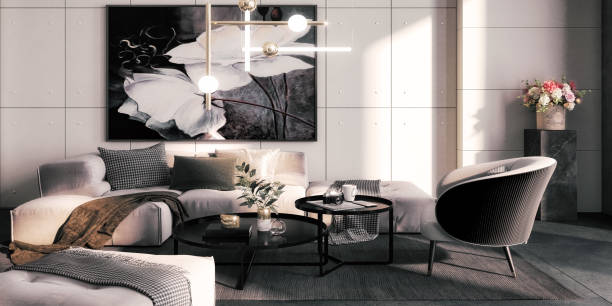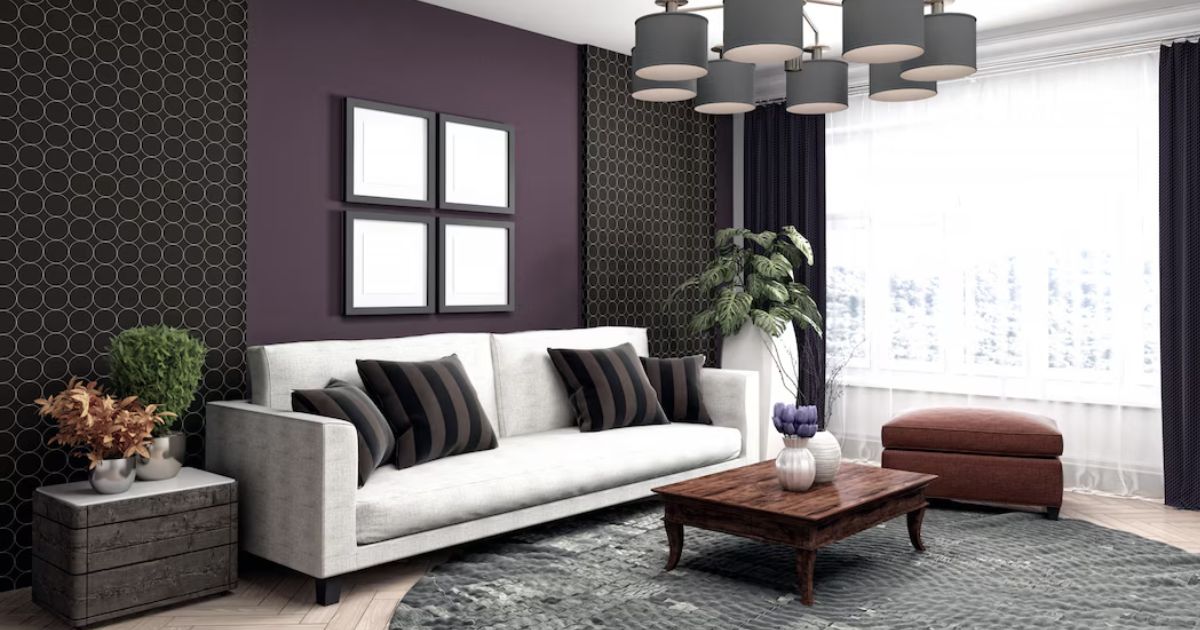Adding luxury furniture to your home can completely transform the aesthetic, bringing sophistication and a polished look that elevates your space. From living rooms and dining areas to bedrooms, luxury furniture offers timeless elegance and superior craftsmanship that enhances the feel and function of each room. However, effectively incorporating luxury furniture requires thoughtful planning and design principles to ensure the pieces complement your existing decor seamlessly. In this article, we’ll guide you through practical steps to incorporate luxury furniture in a way that feels cohesive and stylish, without overwhelming your home’s natural charm.
Understanding the Essence of Luxury Furniture
Luxury furniture is about more than just style—it’s a combination of exceptional materials, fine craftsmanship, and unique design. Whether it’s a plush velvet sofa, a handcrafted wooden dining table, or intricate detailing on an armoire, luxury pieces add character and sophistication to any room. The essence of luxury furniture lies in the meticulous attention to detail, with each piece designed to last for years while making a statement. Choosing the right pieces to invest in and positioning them thoughtfully within your home can set the foundation for a truly elegant space.
Choosing the Right Luxury Furniture for Each Room
When selecting luxury furniture, it’s essential to match each piece to the function and aesthetic of the room. Start by assessing the space’s purpose, size, and color palette. In the living room, for example, a well-designed sofa or accent chairs can become a focal point that welcomes guests and offers comfort. In the dining room, a grand table paired with beautifully upholstered chairs can turn meals into an elevated experience.
For a luxurious bedroom setup, opt for a headboard with intricate detailing or a high-quality bed frame that serves as the room’s centerpiece. Investing in versatile pieces that balance style with practicality will ensure that your furniture remains functional while contributing to the room’s luxurious feel. To achieve a harmonious design, remember to balance statement pieces with simpler elements that allow the luxury furniture to shine without competing for attention.
Integrating Luxury Furniture with Existing Decor
One common challenge with adding luxury furniture is blending it seamlessly with your current decor. Consider selecting pieces that complement your home’s color scheme and materials. For instance, if your living room features neutral tones, a velvet sofa in a soft shade of gray or beige could blend perfectly, adding an upscale touch without overpowering the room. Likewise, pairing a wooden luxury dining table with minimalist chairs can create an elegant yet approachable feel in your dining area.
To add a cohesive look, try echoing elements from one luxury piece throughout the space. For example, if your luxury coffee table has brass accents, consider incorporating brass details in other elements, like lighting fixtures or decorative objects. Additionally, you can use rugs and wall art to bridge styles, creating continuity between the luxury items and the rest of your decor.
Integrating luxury pieces also means anchoring them properly in your space. For example, in Mississippi, where the mix of Southern charm and classic elegance is popular, the best furniture items to buy in Mississippi are designed to balance traditional and modern elements. Opting for items that align with your regional style can enhance the integration of luxury furniture with your overall home decor.
Layering Textures and Colors to Highlight Luxury Furniture
Luxury furniture often boasts high-quality fabrics, rich textures, and intricate finishes that deserve to be highlighted. Layering textures in your decor not only adds depth but also brings out the best in your luxury pieces. Consider pairing a plush velvet sofa with a soft wool rug or silk curtains that match the sofa’s color scheme. This layering creates a cohesive feel that allows the furniture to stand out while adding warmth and character to the space.
In terms of colors, using a mix of bold and neutral shades can make luxury furniture pop. A deep, jewel-toned accent chair against neutral walls can become a stunning focal point, while wood furniture with a rich finish can add warmth to a cool-toned room. By carefully curating complementary colors and materials, you can highlight the details of each luxury item without overloading the visual landscape.
Creating Balance with Statement and Subtle Pieces
Achieving the right balance between luxury furniture and the rest of your decor is crucial for a harmonious look. Statement pieces like an ornate chandelier or a sculptural coffee table can stand out as focal points in a room, while more understated pieces like side tables or stools can support the overall theme without overwhelming it. For instance, if you choose a luxury sectional sofa as the centerpiece in your living room, pair it with simple end tables and minimalist shelving to prevent the room from feeling too crowded.
Mixing bold luxury furniture with subtle decor ensures that each piece contributes to the room’s overall appeal without competing for attention. When it comes to materials, combining different textures and finishes can also enhance the visual balance. If your luxury furniture has a glossy or metallic finish, balance it with matte or natural textures like wood and fabric to create a pleasing contrast. This layering approach not only makes the space more visually appealing but also draws the eye naturally to each luxurious detail.
Using Accessories and Art to Complement Luxury Furniture
Accessories and artwork play a vital role in tying your decor together, especially when working with luxury furniture. Adding carefully chosen accessories can enhance the style of your luxury furniture without distracting from its elegance. Select pieces that are complementary in color and texture to the furniture. For example, if you have a leather sofa, a throw blanket in a contrasting color can create an inviting look, while elegant table lamps can add warmth to a polished wooden surface.
Artwork can also elevate your luxury furniture by serving as a complementary backdrop. Hang a large painting above a luxury sofa to give the room depth and character, or place sculptures and decorative objects on luxury shelves to enhance their appeal. Well-chosen accessories and art pieces work harmoniously with luxury furniture, providing visual balance and making each space feel thoughtfully designed.
Maintaining and Caring for Luxury Furniture
Proper maintenance is key to preserving the beauty and functionality of luxury furniture. High-quality materials require regular care to keep them looking their best, so consider implementing a maintenance routine based on each piece’s material. For leather sofas, a gentle leather conditioner can keep the fabric supplied, while wooden furniture can benefit from occasional polishing to maintain its sheen. Avoid placing luxury furniture in direct sunlight to prevent fading, and consider using coasters and table mats to protect surfaces from scratches or stains.
When it comes to upholstered items, regular vacuuming, and spot cleaning can go a long way in preserving their appearance. Luxury fabrics often have unique care instructions, so check any tags or manufacturer’s guidelines before cleaning. Taking these steps will ensure that your luxury furniture retains its appeal and continues to enrich your home for years to come.
Final Thoughts on Embracing Luxury Furniture in Your Home
Incorporating luxury furniture into your home decor requires careful consideration, but the result is well worth it. By selecting pieces that align with your style, balancing statement items with subtle accents, and maintaining each piece, you can create a space that feels luxurious and inviting. Luxury furniture can completely transform the look and feel of your home, providing a timeless elegance that reflects your style and attention to detail. Whether you’re adding a single piece or redesigning an entire room, these tips can help you make the most of each investment, creating a cohesive, stylish, and functional space.




